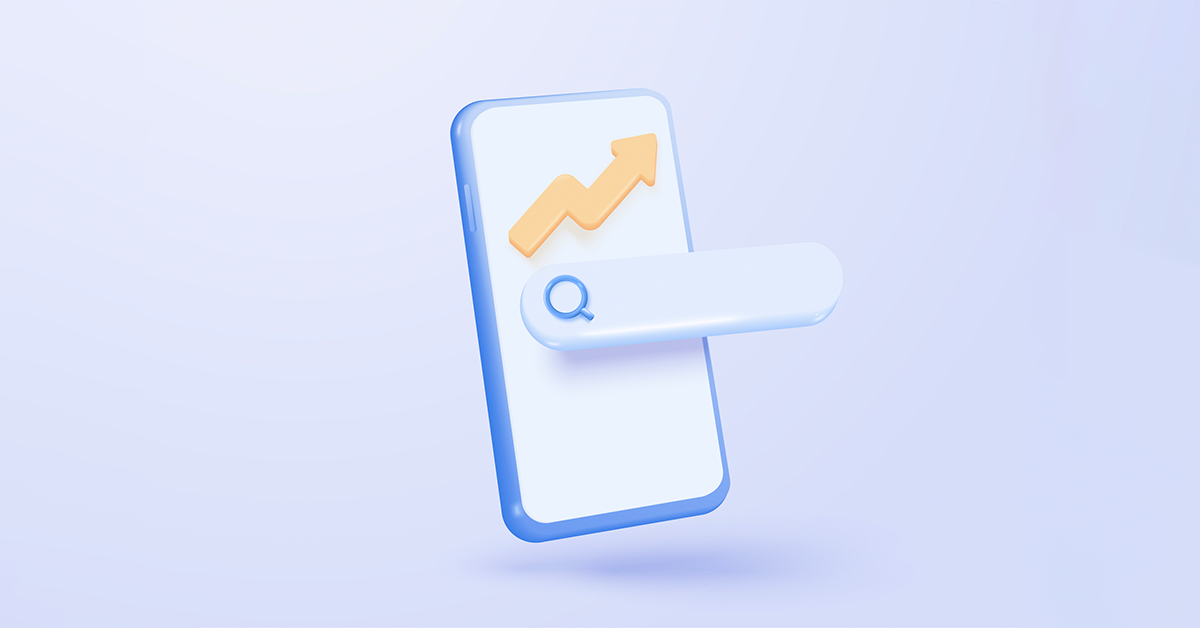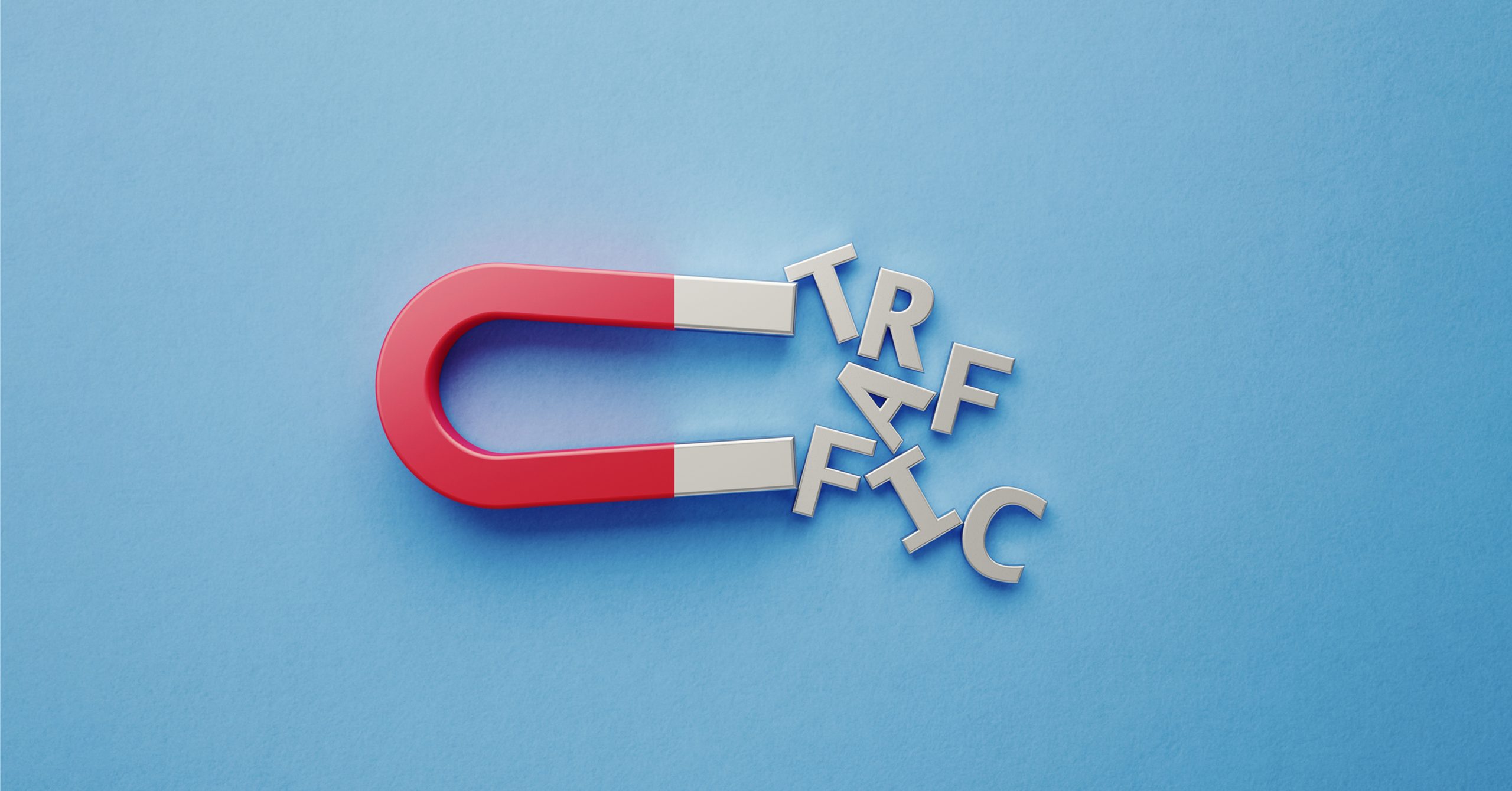Interested in advertising on Google? You’ve come to the right place. In this blog, we will explain why you should be advertising on Google, how to set up a Google Ads account, and recommend some preparations you should make beforehand.
- Why you should have a Google Ads account
- What you need to know before you create a Google Ads account
- How to create a Google Ads account
Why you should have a Google Ads account
Google Ads is the most popular search engine in the world, with over 90% market share. It is therefore an extremely effective way to drive high-quality traffic to your business.
The platform processes over 8.5 billion searches per day, with approximately 99,000 searches made every second! This provides your business with the opportunity to connect with a multitude of users searching for the products or services you offer.
Google Ads helps you take advantage of online advertising through its detailed targeting options, costing controls, conversion tracking, and analytic tools to measure individual ad success and monitor overall campaign performance. This enables you to achieve business goals in a cost-effective way.
Furthermore, having a business account also enables you to set up a Google Business Profile, which helps improve your business visibility and manage your online information.
These are just a few reasons why you should advertise on Google, we’ve listed 10 benefits below:

What you need to know before you create a Google Ads account
In order to be successful on Google Ads, there are a few things you should optimise before getting started.
1. Choose your relevant keywords
Your keywords are the key! Prior to setting up your ads you should conduct keyword research. If your keywords don’t match up with the products or services you’re advertising, you won’t get very far. The more relevant your keywords, the more likely people will be to click.
You’ll want to target keywords with a high search volume and low keyword difficulty (you can use one of these free keyword research tools).
You will need to understand keyword terms such as ‘Search Volume’, ‘Authority’, ‘Relevance’, ‘Trends and Projections’ to effectively conduct keyword research, if you’re not familiar with these terms then check out our blog.
2. Decide who your audience is
When you come to set up your first Google ad, you need to know who you are targeting. Google Ads targeting lets you refine the group of people you want Facebook to display your audience to and build your own customised audience based on demographics, interests, behaviours, and even location.
If you’re new to paid advertising on Google, you will probably have to experiment with different targeting options until you reach an audience that is right for your business. Use our free buyer persona template to help define your target audience.
3. Audit your website
Google prioritises the overall user experience, so it is essential your website is relevant to your ad and useful to people who click on it.
You not only need to ensure your ads correspond to the information presented on your webpages but also assess the loading speed and usability of your landing pages. A 2019 survey found that nearly 70% of people said that a slow load time impacts their willingness to purchase from that business. You should aim for your website to have between 0-4 seconds load time and ideally 0-2 seconds.
Here are 10 things you can do to enhance the usability of your website.
Give your website a free health check with the LOCALiQ website grader. Simply fill in the form to receive a free report which shows how your online presence compares to your competitors and provides actionable areas for improvement.
4. Improve on Quality Score
Quality score is the key factor that helps Google determine your ad rank. This directly affects the number of impressions and clicks your ad receives because the ads with the highest ad ranks are the ones that are displayed on the search engine results page (SERP).
Quality score is calculated based on the combined performance of three components:
As you are just getting started with Google it is likely you will start off with a poor Quality Scores, this is because Google has no previous data to estimate your ad’s probability of being clicked. However, once you have proven that you’ve built an account that offers a positive user experience (through optimising your keywords, ads, and landing pages) your Quality Score will start to shift (this typically takes 4-6 weeks).
5. Decide how you will define a conversion
A conversion is essentially the desired action you want a user to take once they’ve clicked on your ad. It can be anything from making a purchase to responding to a call to action. Different businesses will want to track different types of conversions, for instance an online retailer will want to monitor the number of product purchases, whereas a consultant will want users to get in contact via a form or phone call.
How to create a Google Ads account
Now you are ready to get started setting up your account.
Before you can create an account on Google Ads you need to set up a business associated email address (you shouldn’t use your personal email to manage your business). You don’t need a Gmail account to create a Google Account; you can use a non-Gmail email address to create one instead. However, if you do want to set up a Gmail address for your business you can do that here.
Once you have a business email set up:
- Go to the Google Account sign in page (accounts.google.com) > Click ‘Create Account’ > Select ‘For work or my business’ > ‘Next’.

2. Fill in details for your Google Account (this is where you need to use your business email address) and choose your password.

3. Then you need to verify your email address.

4. Once verified you will have you will be asked to fill out some personal information.

5. Now your Google account is set up, you are ready to sign up for Google Ads. Make sure you are logged into the Google account you’ve just made, and go to ads.google.com .
6. Once you’ve chosen your account, you’ll be shown the first step for setting up a new campaign.
Ready to launch your first Google Ads campaign? Here’s a step by step guide to setting up a campaign on Google Ads.






